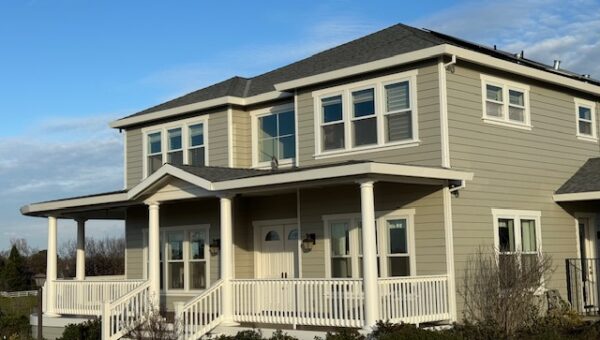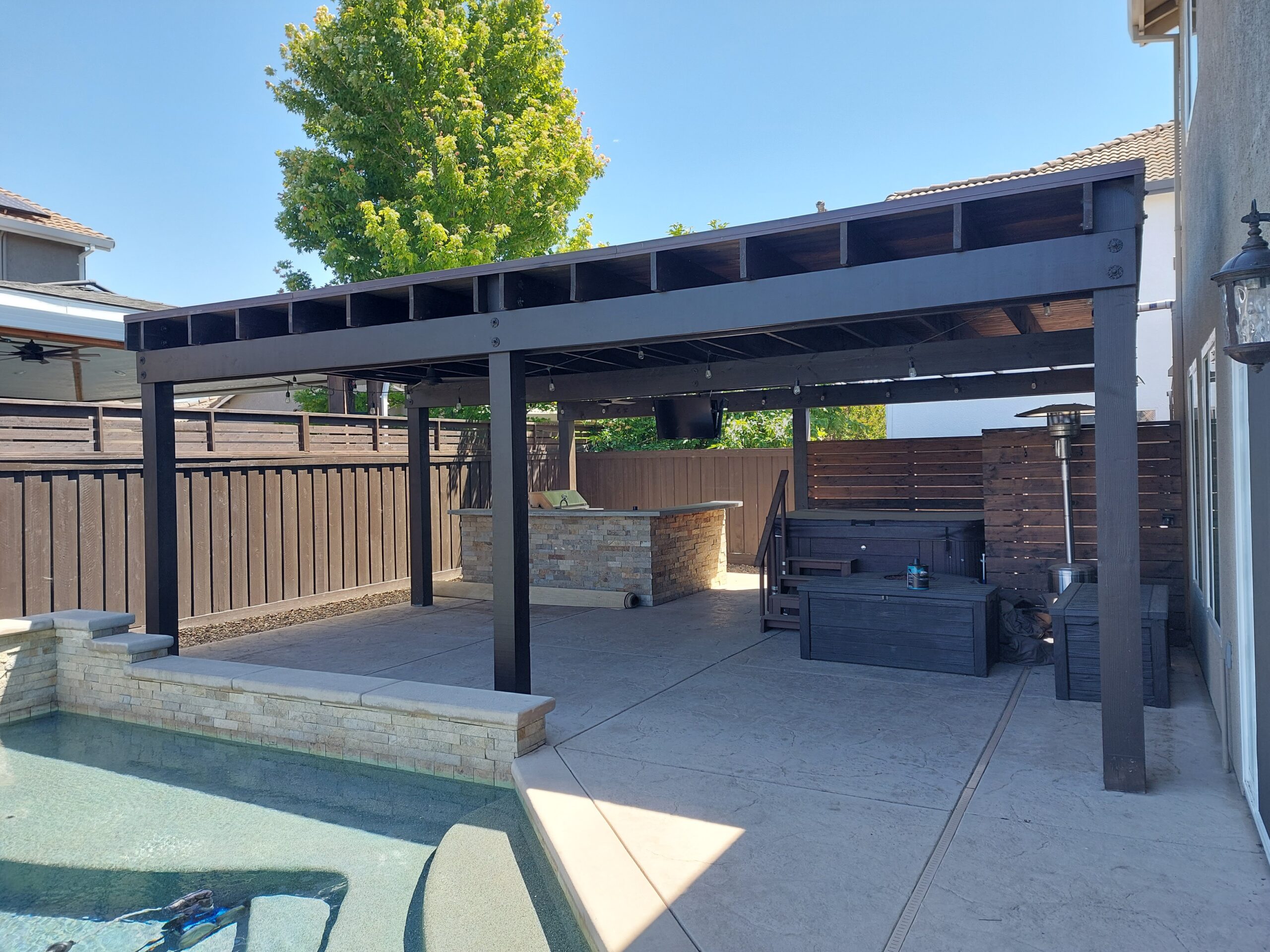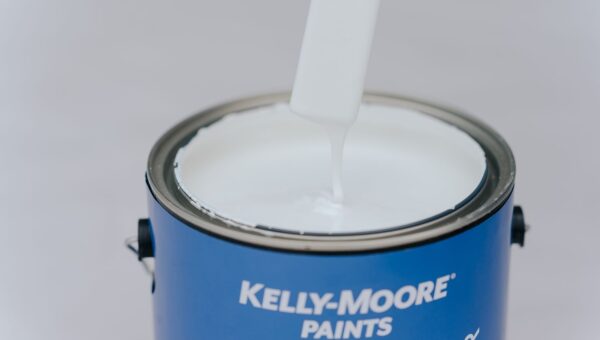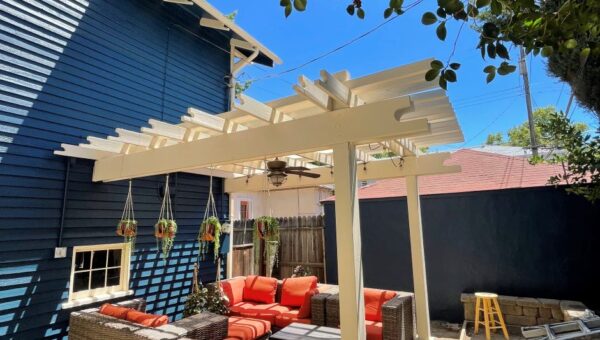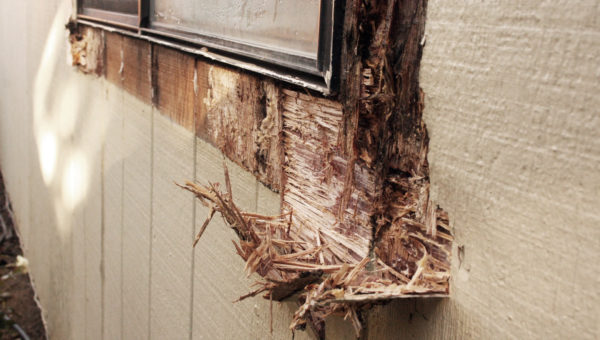Is it possible to kill termites naturally?
Getting rid of termites yourself and doing so naturally without the use of synthetic chemicals is definitely something you could work on over a weekend.
Yes, it could be a bit frustrating as locating the termites and then deciding how you want to kill them could be tricky due to the location of the infestation. But, if you know what you are doing, you can do it all on your own without the need of hiring a professional pest control agent.
It is easy so to say, but one thing is for sure – it’s not an instant fix. Therefore, you’re going to need to plan ahead. A few hours may not do the trick, a weekend would be ideal. When using some detection methods you need to plant bait and then wait a few days before you could begin with the termite extermination. Keep these pointers in mind as you proceed reading this article.

Natural Termite Control – Step by Step
Here’s a step-by-step process of what you need to do to get rid of termites naturally. Each step is further explained below.
- Detection of the Termite mound – Locate all the termite hideouts. You would want to get rid of them all in one go. Else, they would just spread to the treated areas again.
- Protect your furniture – Is your home infested? Or are the termites busy in your yard. Either way, you should look into protecting existing furniture.
- Create a Cardboard trap – Wet and stack some cardboard sheets in a safe corner to distract the termites from your valuables. Cellulose in cardboard attracts the termites.
- Use beneficial Nematodes – Nematodes kill termites by releasing a certain kind of bacteria into their bodies and hence is an effective killing technique.
- Sunlight treatment on furniture – Direct sunlight gets rid of certain kinds of termites. Place infected furniture in direct sunlight.
- Get rid of wooden mulch – Mulch is a great source of cellulose and is basically termite chow. So try and use coconut husk mulch or another alternative which contains lower cellulose if you notice termites in your garden
- The first thing that you need to do would be to get yourself a stick or screwdriver, as well as a flash light.
- Then, you can start by going into your garage and basements, and begin tapping on any wood that you can find.
- Begin by tapping on support beams, pillars, floor beams, wooden boxes, and furniture — if you hear a sort of hollow sound, that’s a sign of termites.
- Look around for mud trails as well. Termites usually leave mud trails and fallen wings behind. If you notice any of these problems, then you’ve got yourself a termite infestation.
Treatment is most effective if you find out all their hiding spots together. Target all of the colonies at once.
Now that we’ve spotted the termites’ main hideout(s) in and around your home, the next thing to do would be exterminate them. Let’s take a look at how you could do this, naturally and organically.

Step 1: Spotting the Termites
In order to get rid of termites yourself, you first need to locate their main hideouts and chow spots. Different kinds of termites leave different telltale signs, so let’s take a look at some of the most common kinds of termites:
Drywood Termites
As the name suggests, they live in areas with dry wood and are often found in floorboards, timber around your home, furniture, wooden walls, and the like. They are some of the most common types of termites to infest homes. They get their water from the wood they eat and build their nests in the wood itself and not in the soil and can live without ever making contact with the soil.
These infestations begin by a swarm of termites flying into or around your home, locating a crevice to begin their infestation and then dropping their wings before setting up camp.
Signs of a Drywood Termite Infestation
- Wings: If you’ve been vigilant you would have noticed termites flying around light sources, termite wings caught in spider webs, wings on window sills or on the floor before the infestation began or again a few years after an infestation while the queen produces a new swarm to spread out.
- Frass: Drywood termites tend to leave a lot of droppings in concentrated regions due to the fact that they live and eat in tight spaces. If you observe mounds of droppings around or below dry wood, this is the type of termite you’ve got. The droppings are the size of pepper granules and may seem like dust.
- Bubbles in paint: If you notice paint around wood bubbling or peeling and a hollow sound when you tap on it, it’s a sign of drywood termites eating up the wood from the inside.
Note: You would not find termite wings lying around after they have already infested a place. Also, notice (see images below) how termite wings are almost double the length of the termite, a lot longer than that of ants. Some ant varieties also spread in a similar way to termites, so don’t be alarmed if you spot smaller wings. Ants are a pest too, but not nearly as bad as termites.
Dampwood Termites
Very rarely found in homes, dampwood termites are usually found in wet regions such as wet woods, marshes, and swamps to name a few. Since most termites use soil and soil caves to protect themselves from the dry, hot air, there is no need for these termites to ever come in contact with soil due to the environment in which they thrive. Since they are almost never found in homes, they have been included here just for the sake of completeness.
If you’ve got logs or any kind of wood that is consistently wet on the ground outside your home or if you’ve got a leaky roof with consistently wet beams, you could have dampwood termites in your home.
The signs for the detection of dampwood termites are exactly the same as drywoood termites, the only difference being that they come for damp wood
Subterranean Termites
They are some of the most destructive types and form huge colonies within the Earth. They build tunnels that connect from tree to tree and from support beam to support beam in a home. They can quickly destroy sparse woods and homes.
They don’t build nests within the wood. Also, they eat along the grain of the wood.
Signs of a Subterranean Termite Infestation
- Dirt: One of the best ways to determine if you’ve been infested with this variety is by checking for signs of mud in the wood they are eating. There are usually traces of dirt because they have their nests in the ground and only very rarely build above ground mounds if the environmental conditions are right.
- Eating patterns: These termites eat along the grain of the wood and not against it. They only eat the soft layers of the wood and leave the harder parts resulting in a layered pattern of damaged wood.
- Mud tubes: They build mud tubes to function as passage-ways between food.
Step 2: Set up Some Cardboard Traps
Termites love the cellulose that’s found in wood, paper, and cardboard. So, if you want to prevent them from getting onto your furniture and other valuables, you should create this delicious distraction for them.
.
- Get some cardboard and paper — around 4-5 sheets of cardboard should do the trick.
- Next, wet them up and stack them above one another.
- Now that they’re soaked, place them near the spots where you found most of the termites.
- After a couple of days, you should notice that when you flip the cardboard over, it’ll be loaded with termites. Using gloves, carry it into your backyard, then burn the cardboard along with the termites.
Of course, this method isn’t going to get rid of all of them. However, it will still surely get rid of plenty and prevent them from getting to your furniture and closets.
This is something you should do when you have little time on your hand, as it’s going to prevent them from moving on to valuables.
Step 3: Use Beneficial Nematodes
When it comes to getting rid of termites on your own, it’s best to combine as many extermination methods as you can, since you’ll want to get rid of each and every one of them (especially the queen).
- When you use beneficial nematodes, you won’t be getting rid of just termites, but you’ll also be destroying any other kind of bugs that may be harming your home and garden, especially wood boring insects. All you need to do is spray them into the yard and your basement/garage and other infested rooms.
- The nematodes kill termites by releasing a particular kind of bacteria into their bodies. So, there’s a good chance that the entire colony will be affected. It’s easy to apply, and they’re not harmful to humans or pets.
- You can either buy beneficial nematodes online or at your local hardware store. When you spray, make sure to read the instructions on the box as each of them have different coverage areas.
Step 4: Give Boric Acid a shot
Using boric acid is another great way to get rid of termites on your own. It’s a really effective way to get rid of all sorts of bugs, as it won’t just get rid of termites, but also roaches and ants.
All you need to do is create a sort of paste using propylene glycol and apply it onto the furniture and wooden surfaces being attacked by the termites. Also, pour a bit into the termite mounds in the ground — this will ensure that all of them are killed. Make sure to use gloves when creating this mix.
You could also sprinkle boric powder all around the termite mounds and the edges of your home. This would prevent the bugs from entering to a huge extent. But, you’ll need to keep a careful eye out, as they may find other entrances.
Step 5: Try the Termite bait system
How do you kill the termite queen?
Ideally, there would simply be one single effective way to rid of termites. Of course, in that case, the best thing to do would be to kill the queen.
How do you do this? You can use termite bait or any sort of liquid termicide to get rid of the entire colony.
- Termite bait systems are really easy to install — all you need to do is place the sticks into the ground and monitor them every few days. The monitoring system consists of a stick with holes and slits, which are placed into the soil for the termites to attack.
- If you find the termites attacking the stick, add a bit of termite bait to it. They’ll then take it back to the colony for the queen and all the others to feed on — this will get rid of them all from the source itself.
- Another option would be Spectracide Terminate, First Line Termite Defense System, or any other similar mechanism that you can find at your local store. (One of our readers mentioned that this is highly toxic to birds and fish – so think twice before using it.)
- Keep in mind you’ll also need the bait once you’ve spotted the termites. Some of the best include Cyper TC, Termidor SC, Premise 75 Termiticide and Phantom Termiticide.
You can also ask your family, friends, or your neighbors if they’ve used something and what they recommend you purchase at your local store. However, the above-mentioned products are proven to be perfect exterminators.



